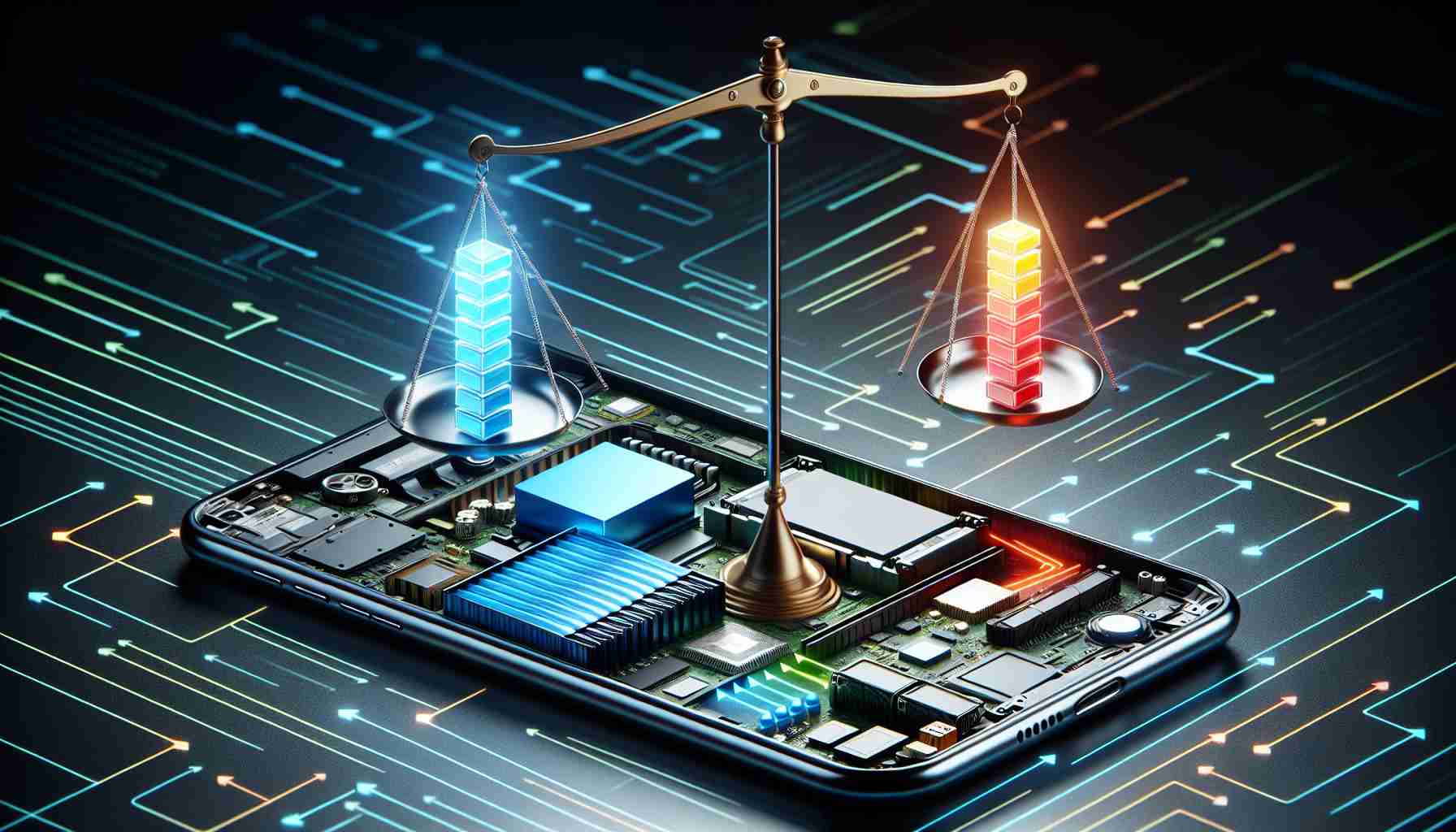Smartphones have become an integral part of our lives, evolving from simple communication tools into complex devices that help us navigate the digital world. However, this progress has come at a cost – the increasing demand for battery power. But what exactly drives this need for more energy in our smartphones?
One of the main factors contributing to this energy consumption is the power of the processors housed in these devices. Modern smartphone processors are engineering marvels, capable of performing billions of operations per second. This immense power enables us to run complex applications, play high-definition games, and multitask seamlessly. However, this comes at the expense of significant energy consumption.
Another contributor to battery drain is the advancements in smartphone cameras. As the quality and functionality of smartphone cameras improve, capturing high-resolution images and recording videos in formats like 4K requires a substantial amount of resources and, consequently, more battery power.
Background processes and system services also play a crucial role in power consumption. Email synchronization, app updates, real-time notifications, and location services constantly drain the battery, often without us even noticing. The increasing number of these processes further strains energy resources.
Moreover, the integration of Artificial Intelligence (AI) in smartphones amplifies the energy demand. AIs require significant processing power to handle real-time data and perform complex machine learning tasks. While manufacturers like Apple have dedicated components aimed at enhancing AI efficiency, energy consumption remains a significant challenge.
Despite these challenges, smartphone battery life has managed to remain relatively stable over the years. This is a testament to the industry’s efforts to optimize power usage, even with the limited progress in battery technology itself.
Finding the balance between introducing new features and maintaining battery life is an ongoing endeavor. Innovations like solid-state batteries, fast charging, and software optimization have shown promise in mitigating energy drain. However, there is still room for improvement in terms of performance per watt.
Ultimately, the question arises: are we willing to compromise certain functionalities for longer battery life, or will we continue pushing the limits of energy technology to maximize the potential of our devices? Striving for the perfect balance will undoubtedly shape the future of smartphone technology.
FAQ section:
1. What are the main factors contributing to the increasing demand for battery power in smartphones?
The main factors contributing to the increasing demand for battery power in smartphones are powerful processors, advancements in smartphone cameras, background processes and system services, and the integration of artificial intelligence (AI).
2. How do powerful processors impact battery consumption?
The power of modern smartphone processors, capable of performing billions of operations per second, enables us to run complex applications, play high-definition games, and multitask seamlessly. However, this comes at the expense of significant energy consumption.
3. Why do advancements in smartphone cameras contribute to battery drain?
As the quality and functionality of smartphone cameras improve, capturing high-resolution images and recording videos in formats like 4K requires a substantial amount of resources, leading to increased battery power consumption.
4. What role do background processes and system services play in power consumption?
Background processes and system services like email synchronization, app updates, real-time notifications, and location services constantly drain the battery, often without us even noticing. The increasing number of these processes further strains energy resources.
5. How does the integration of Artificial Intelligence (AI) impact energy demand?
The integration of AI in smartphones amplifies the energy demand. AIs require significant processing power to handle real-time data and perform complex machine learning tasks, which leads to increased energy consumption.
6. How has the smartphone industry worked to optimize power usage?
Despite the increasing demand for battery power, the smartphone industry has made efforts to optimize power usage through innovations like solid-state batteries, fast charging, and software optimization.
Key terms and jargon:
– Processors: The central processing unit (CPU) of a device that carries out instructions of a computer program.
– Battery drain: The rate at which a battery loses its stored energy.
– Background processes and system services: Tasks and functions that run in the background of a device to keep it operating properly.
– Artificial Intelligence (AI): The simulation of human intelligence in machines that are programmed to think and learn like humans.
Suggested related links:
– android.com
– apple.com
The source of the article is from the blog myshopsguide.com
